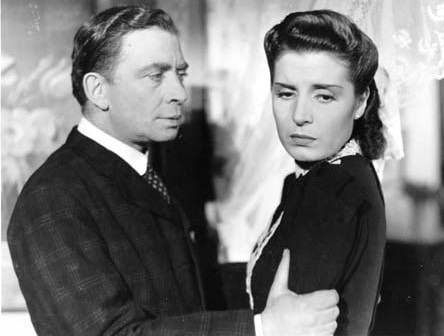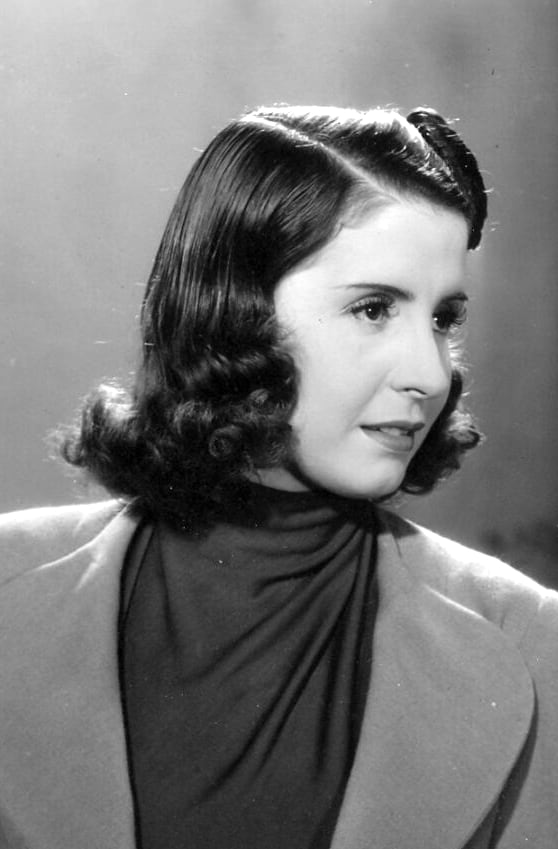In this article, we’ll explore the life and legacy of the iconic Sabina Olmos, a legendary figure in both the realms of cinema and tango music. From her humble beginnings to her lasting impact on the history of tango, let’s dive into Sabina Olmos’s extraordinary life.
Early Years and Musical Odyssey
Sabina Olmos, born Rosa Herminia Gómez in 1913, discovered her passion for singing at a young age. Raised in the vibrant neighborhood of Balvanera in Buenos Aires, she started her musical journey as a folklore and tango singer on Radio Buenos Aires. Despite facing initial challenges, Olmos soon became a prominent figure, earning recognition for her distinctive style.
Silver Screen Debut and Cinematic Triumph
Olmos’s transition from radio to the silver screen marked the beginning of her cinematic adventure. Despite an unremarkable start in “Canillita” (1936), her collaboration with director Manuel Romero proved pivotal. Films like “La rubia del camino” and “Mujeres que trabajan” showcased not only her acting prowess but also her musical talents, solidifying her place in the golden era of Argentine cinema.
The Golden Decade: Glory and Recognition

Consagración: The Height of Success (1939-1949)
The late 1930s and 1940s were the zenith of Olmos’s career. “La vida es un tango” (1939) and “Así es la vida” (1939) catapulted her to stardom. Her role as Felicia Salazar in the latter earned her accolades and the title of “La sufrida del cine argentino.” The decade saw her excel in dramatic roles, with films like “Historia de una noche,” “La gata,” and “Albéniz,” showcasing her versatility and earning her awards.
Tango, Tragedy, and Political Exile
The political upheavals of the 1950s cast a shadow over Olmos’s career. Banned from working in Argentina after the fall of Perón, she embarked on a journey through Latin America and Europe. Despite challenges, Olmos continued to showcase her talent, leaving an indelible mark on stages from Brazil to Spain.
Return, Challenges, and the Final Act
The 1960s marked Olmos’s return to Buenos Aires, but financial struggles and a failed film, “Pesadilla” (1963), ushered in a challenging period. Despite subsequent roles in television and theater, including the acclaimed “Hoy ensayo hoy” (1983), Olmos faced economic hardship and a decline in her mental health. In 1999, weeks before her 86th birthday, she passed away.
10 Important Songs of Sabina Olmos
Argentine Tango has a rich history woven into its melodies, and Sabina Olmos, also known as Rosa Herminia Gómez, left an indelible mark with her soulful interpretations. Here’s a list of the top 10 Tango songs by Sabina Olmos that continue to enchant dancers in Milonga Dance Events.
- “Mi noche triste”
- Recording Year: 1939
- Details: Featured in the movie “La vida es un tango,” this song marked one of Olmos’s early successes. Its melancholic tones and passionate delivery make it a timeless Tango classic.
- “Margot”
- Recording Year: 1940
- Details: From “Carnaval de antaño,” the iconic scene where Olmos declares, “Ya no soy tu Margarita, ahora me llaman Margot.” This Tango encapsulates the dramatic essence that Olmos brought to her roles.
- “Zorro gris”
- Recording Year: 1940
- Orchestra: Lumiton Studios
- Details: A highlight from “Carnaval de antaño,” Olmos’s rendition of “Zorro gris” showcases her ability to infuse storytelling into her musical performances.
- “Dime mi amor”
- Recording Year: 1941
- Singer: Sabina Olmos (Duet with Juan Carlos Thorry)
- Details: Part of the musical “Yo quiero ser bataclana,” this duet exhibits Olmos’s versatility and her ability to convey emotions through her voice.
- “Tres recuerdos”
- Recording Year: 1941
- Singer: Sabina Olmos (Duet with Juan Carlos Thorry)
- Details: Another gem from “Yo quiero ser bataclana,” this waltz showcases Olmos’s ability to handle different Tango styles with grace.
- “La morocha”
- Recording Year: 1939
- Orchestra: Lumiton Studios
- Details: Featured in “La vida es un tango,” this Tango exhibits Olmos’s early prowess and foreshadows her future success in the genre.
- “La payanca”
- Recording Year: 1939
- Details: A delightful duet from “La vida es un tango,” showcasing Olmos’s ability to engage in playful and spirited Tango performances.
- “Aquel tapado de armiño”
- Recording Year: 1939
- Orchestra: Lumiton Studios
- Details: A captivating Tango from “La vida es un tango,” demonstrating Olmos’s emotional depth and connection to the music.
- “Rosa de abril”
- Recording Year: 1948
- Details: Featured in “Historia del 900,” this Tango reflects Olmos’s ability to adapt to different cinematic contexts while maintaining her distinctive style.
- “Morocha”
- Recording Year: 1961
- Details: Recorded during Olmos’s European phase, this Tango displays her enduring passion for the genre and her ability to connect with audiences across borders.
Frequently Asked Questions about Sabina Olmos
What is the significance of Sabina Olmos in the “época de oro del cine argentino”?
Sabina Olmos contributed significantly to the “época de oro del cine argentino” by being part of films that are considered cultural treasures. Her performances added to the richness of Argentine cinema during that era.
Did Sabina Olmos continue her career beyond the Golden Age of Argentine Cinema?
Yes, Sabina Olmos continued her career beyond the Golden Age, including a European phase. She maintained her passion for Tango and left a lasting legacy in the music and film industries.
What made Sabina Olmos’s Tango performances unique?
Sabina Olmos’s Tango performances were unique due to her ability to infuse emotion, storytelling, and a distinctive vocal style into her interpretations. She had a captivating stage presence that set her apart in the Tango scene.
Notable Sources
- Argentina: Todo Tango (Néstor Pinsón)
- Tango y cultura popular nº.68 (Ubaldo Rodríguez)
- Diario La Nación (Adolfo C. Martínez)
- Página






